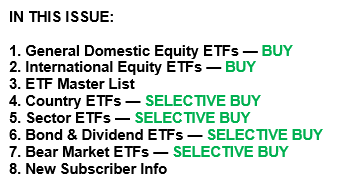
- Moving the market
The major indexes experienced a sharp decline right after the market opened, driven by the emergence of a Chinese startup called DeepSeek.
This company posed a significant threat to existing AI models by offering competitive solutions at a fraction of the cost. Last week, DeepSeek released an open-source AI simulator that not only outperformed OpenAI’s models in various tests but also utilized less expensive chips and more efficient software. The model, introduced in December, was reportedly available for less than $6 million, a figure that analysts found hard to believe.
The immediate fallout in the tech sector was severe, with major players like Nvidia and Broadcom each dropping 12%, along with other mega-cap tech names. Given the already high valuations, this prompted profit-taking, with traders shifting their focus to more defensive positions.
This week, investors are anticipating quarterly results from the “Magnificent Seven” and the Federal Reserve’s meeting on interest rates. Current odds suggest a 99% chance that the Central Bank will leave rates unchanged.
On the economic front, there was positive news: the Chicago National Activity Index surged, home sales rose for the second consecutive year, and the Dallas Fed Manufacturing number saw its largest increase since the COVID-19 lockdown.
However, as ZH pointed out, these developments were overshadowed by DeepSeek’s affordable AI model, which dominated market sentiment. This led to a significant pullback in the S&P 500, the Nasdaq, and AI-related stocks, while the Dow remained unaffected and closed in the green.
Gold prices declined but stayed near record highs, and Bitcoin briefly fell below the $100k mark before rebounding. Oil prices collapsed as traders speculated that reduced data power demand would lead to lower energy resource requirements.
On a positive note, bond yields fell, with the 10-year yield retreating by nearly 10 basis points, and the dollar strengthened after bouncing off six-week lows.
The panic in the AI sector was profound, as big tech companies have invested hundreds of billions in the sector and rely on continuous revenue streams to remain viable and maintain margins. This new development may have hit a significant obstacle, and only time will reveal the true impact.
Read More




